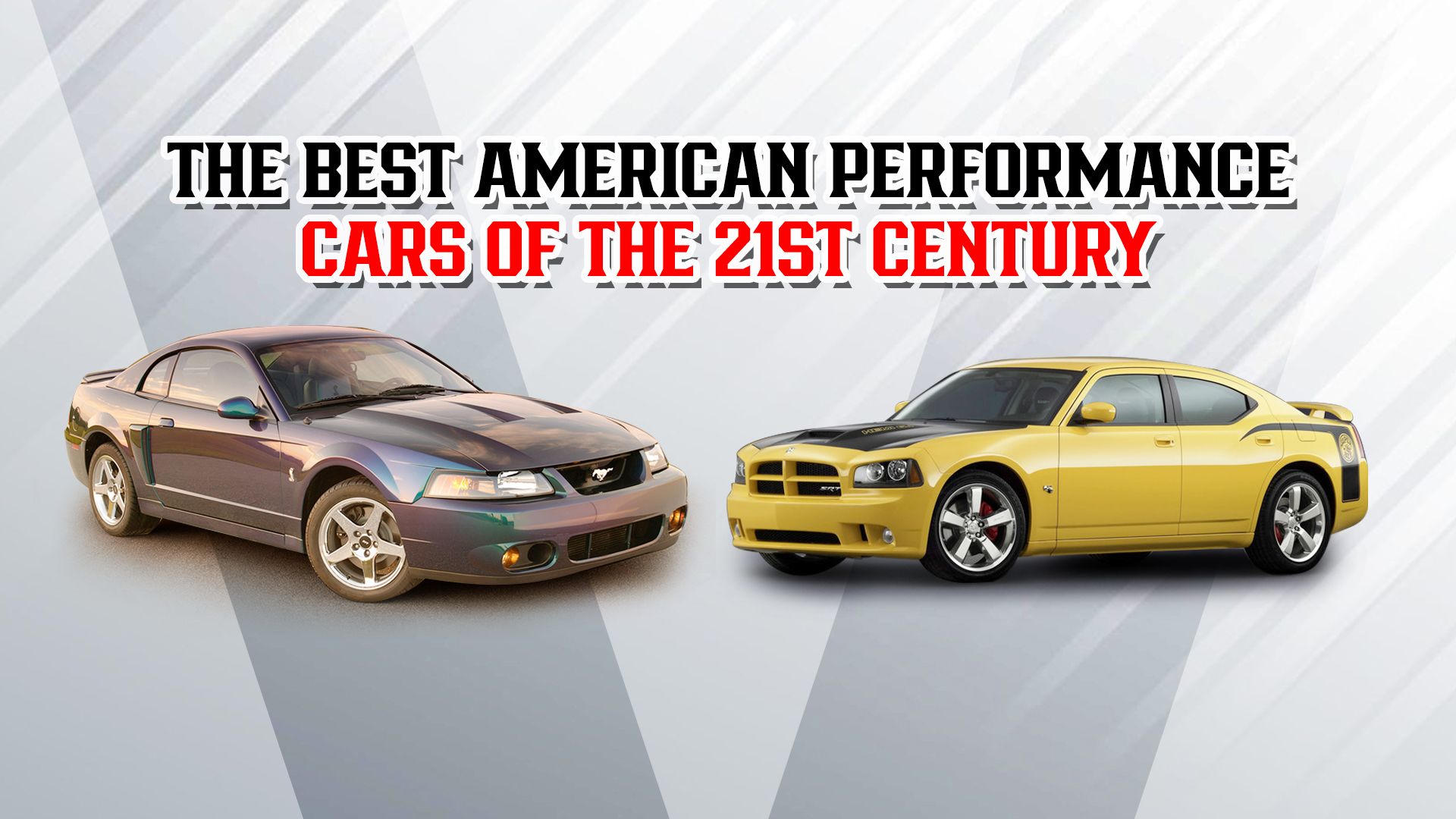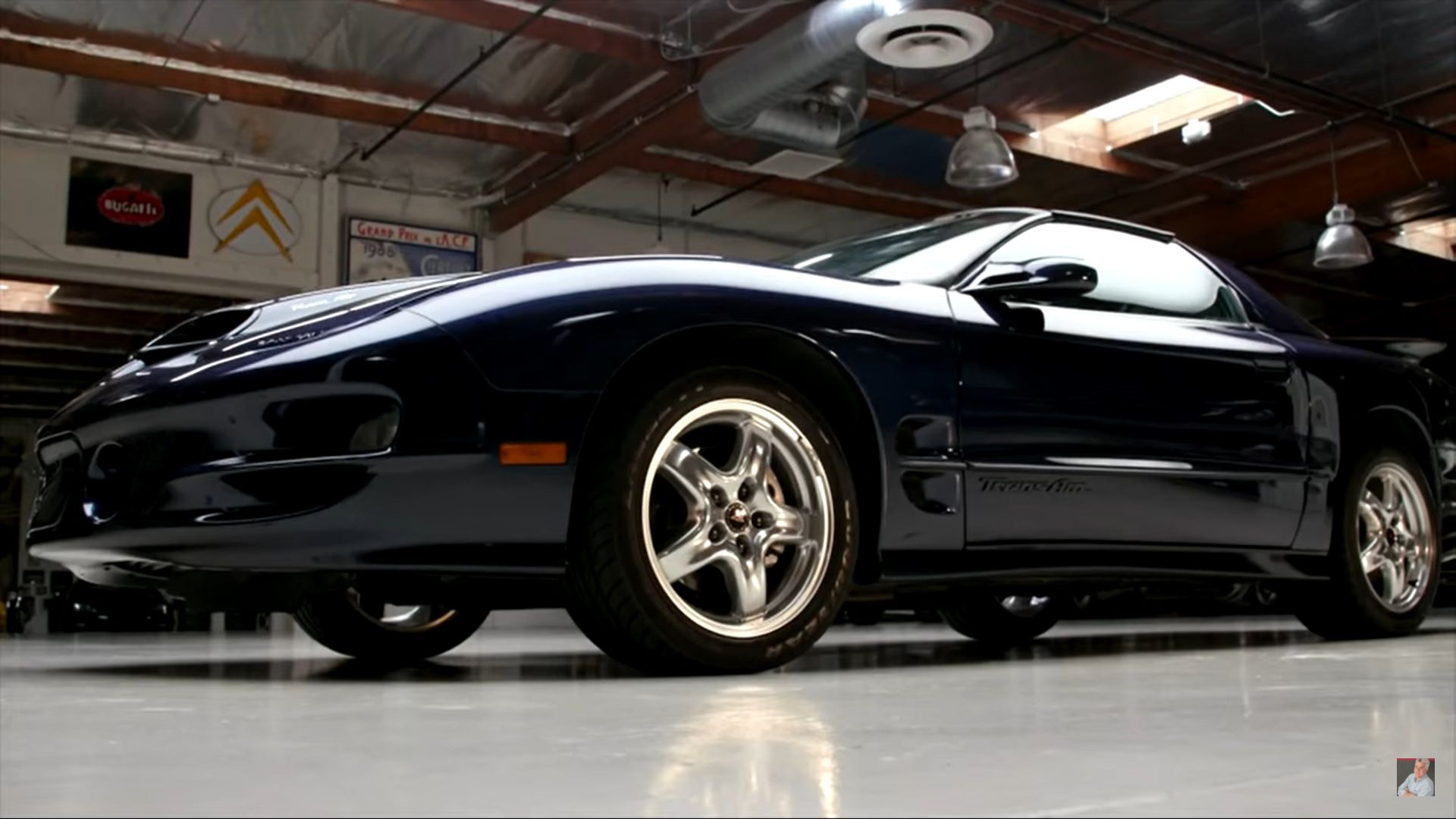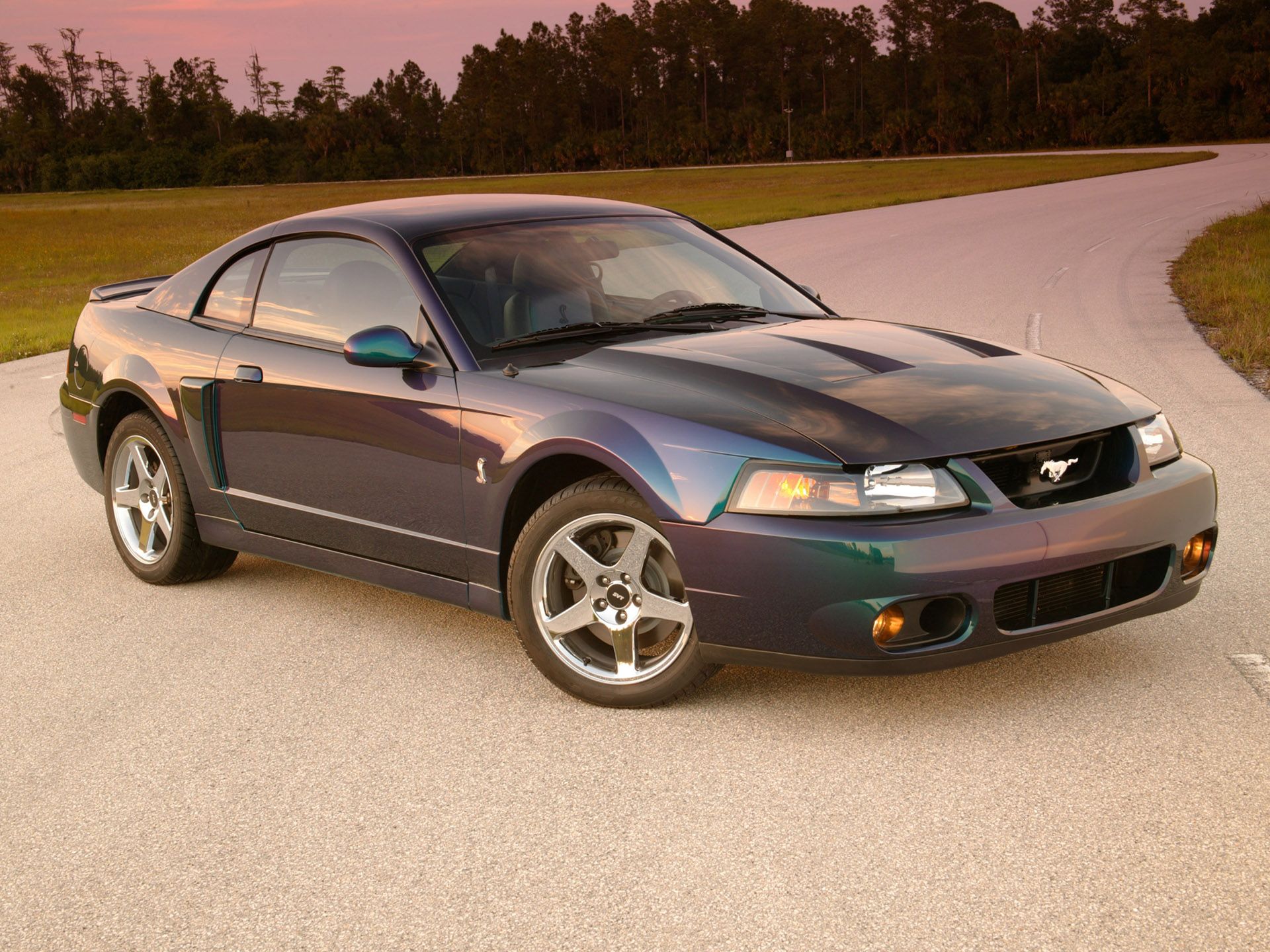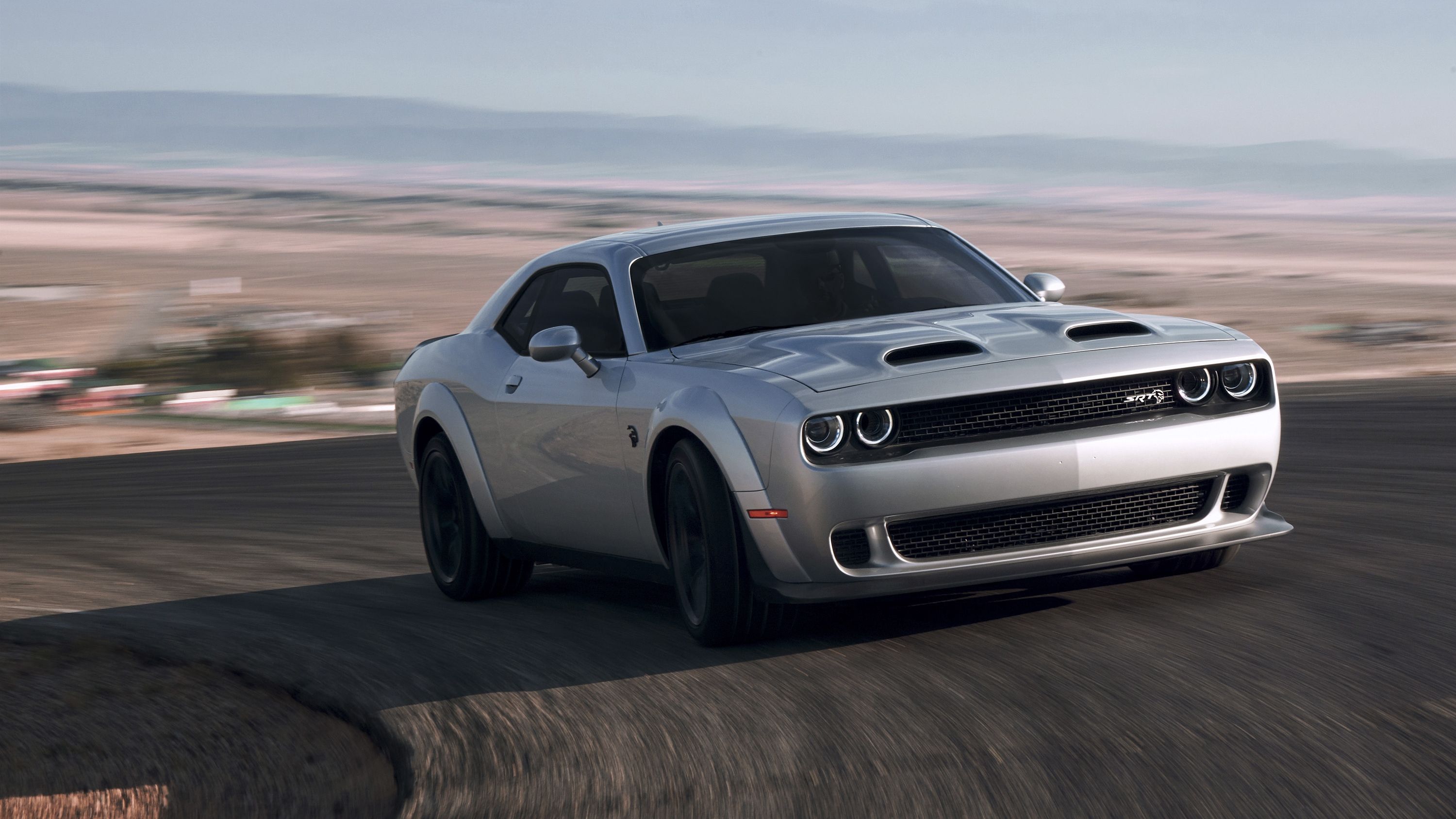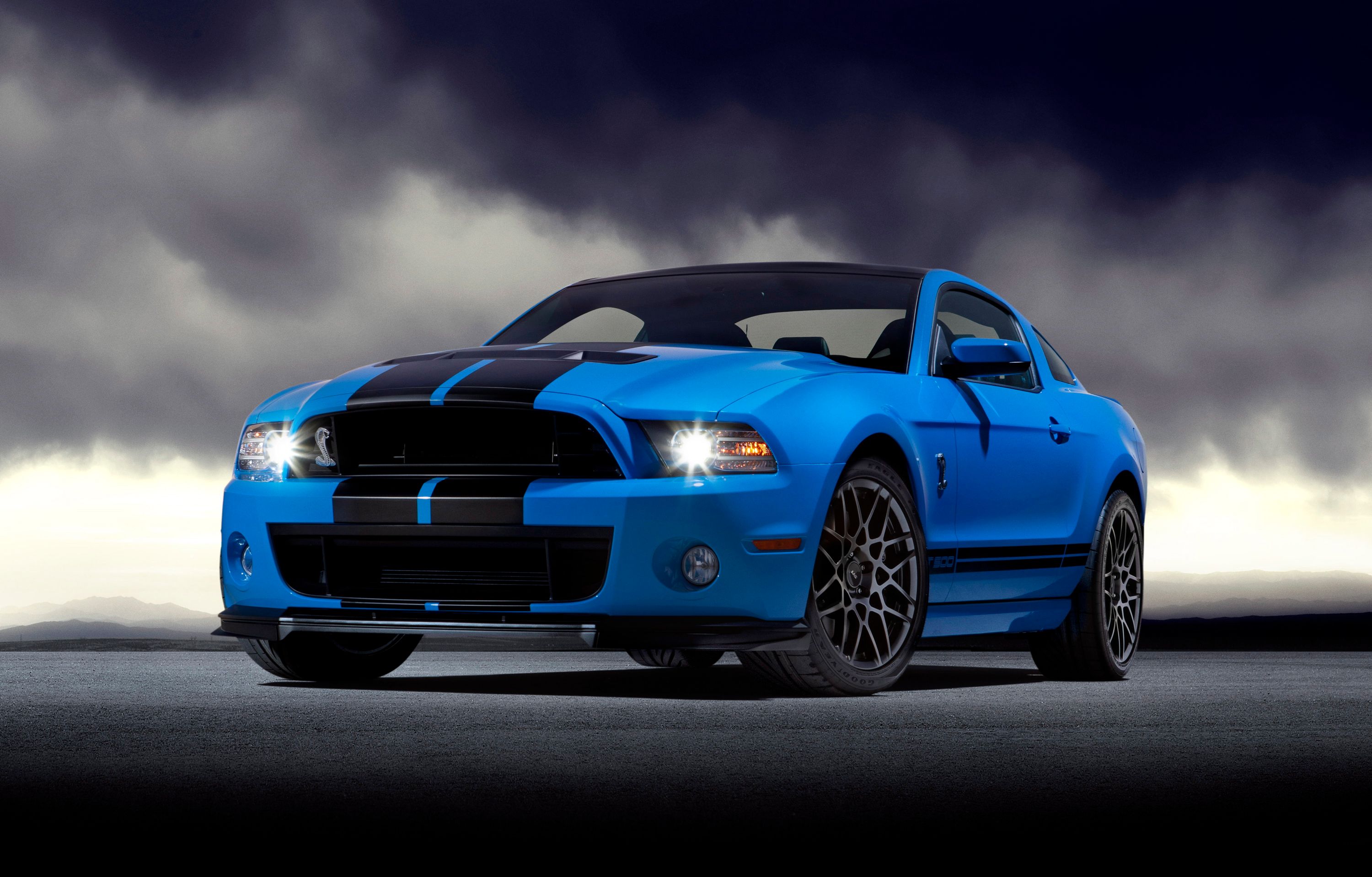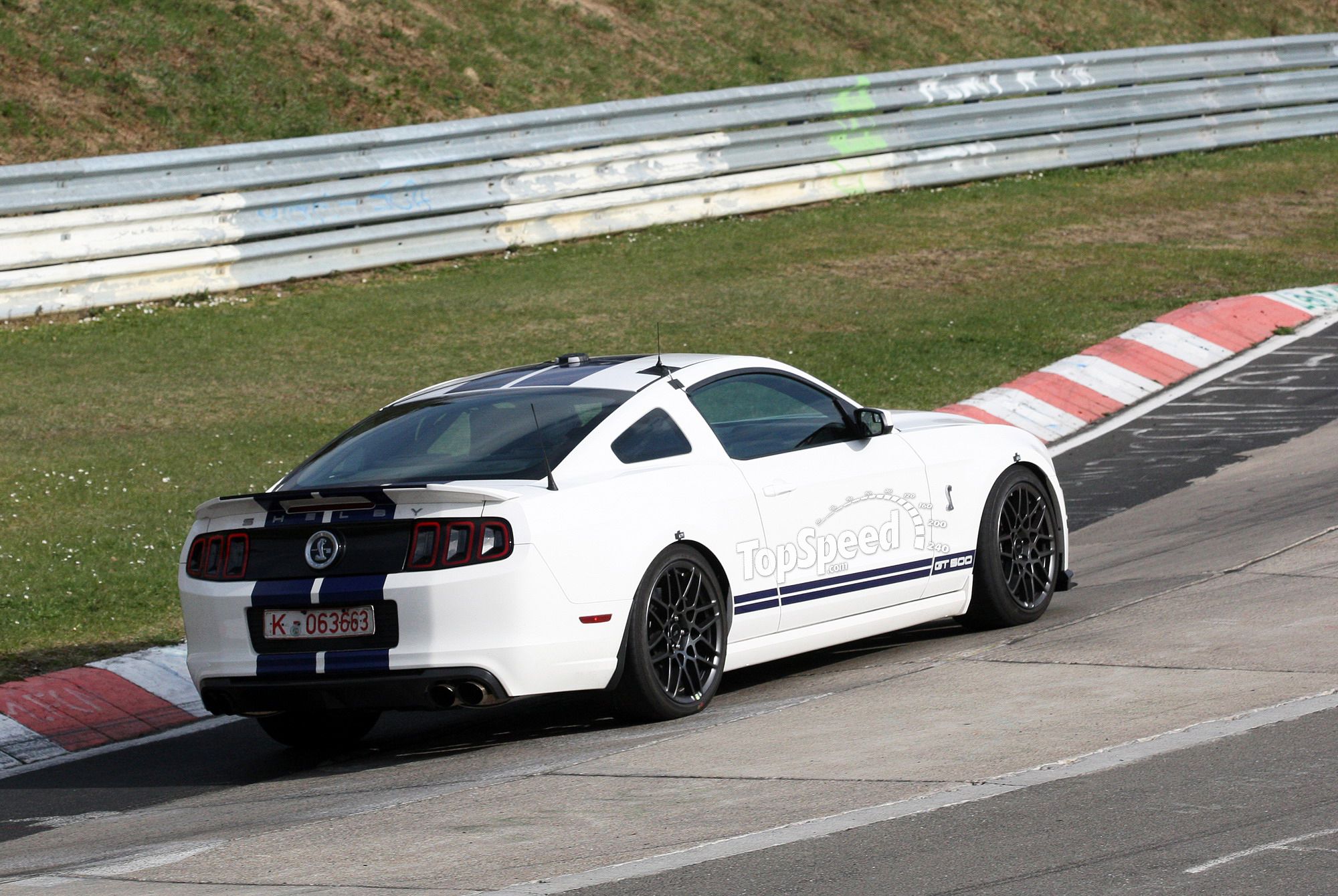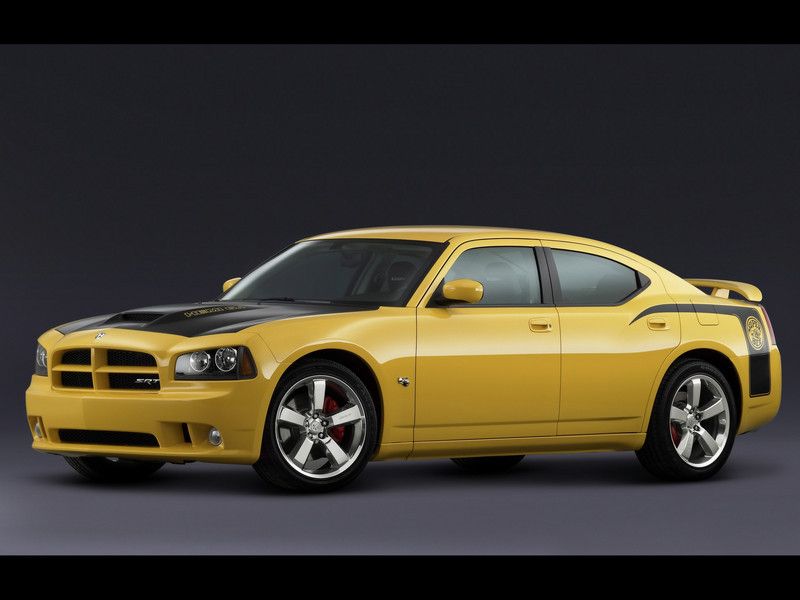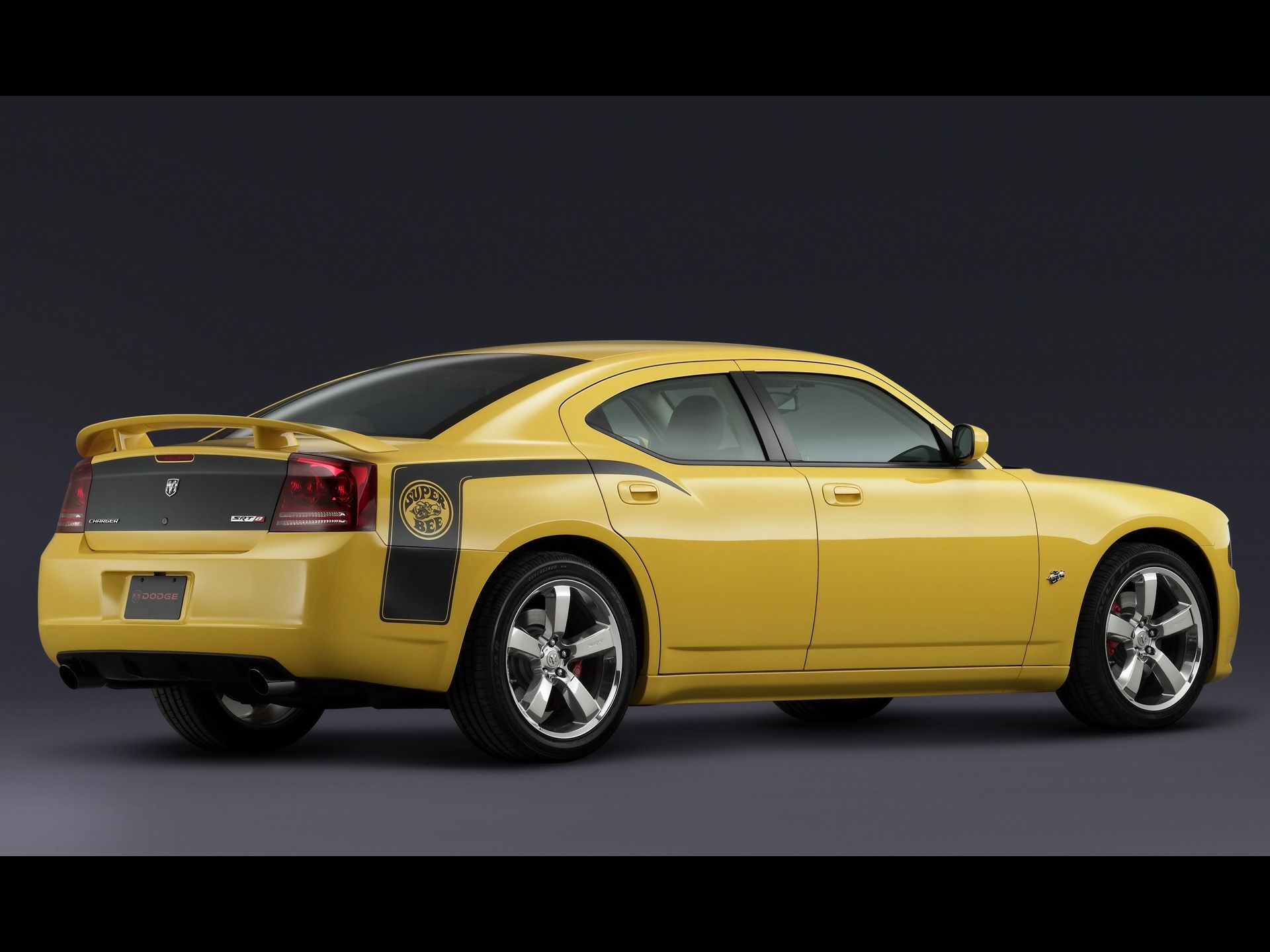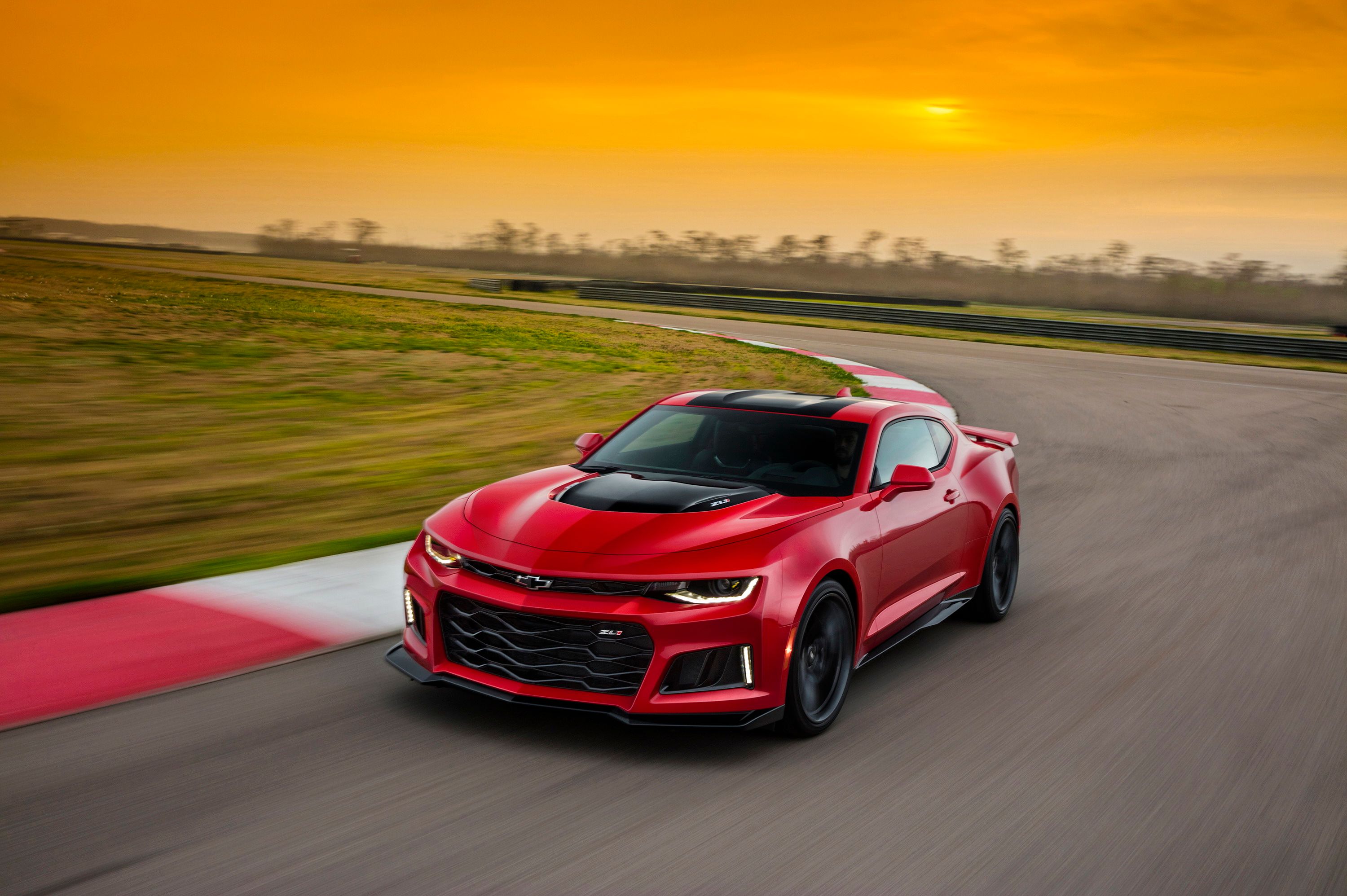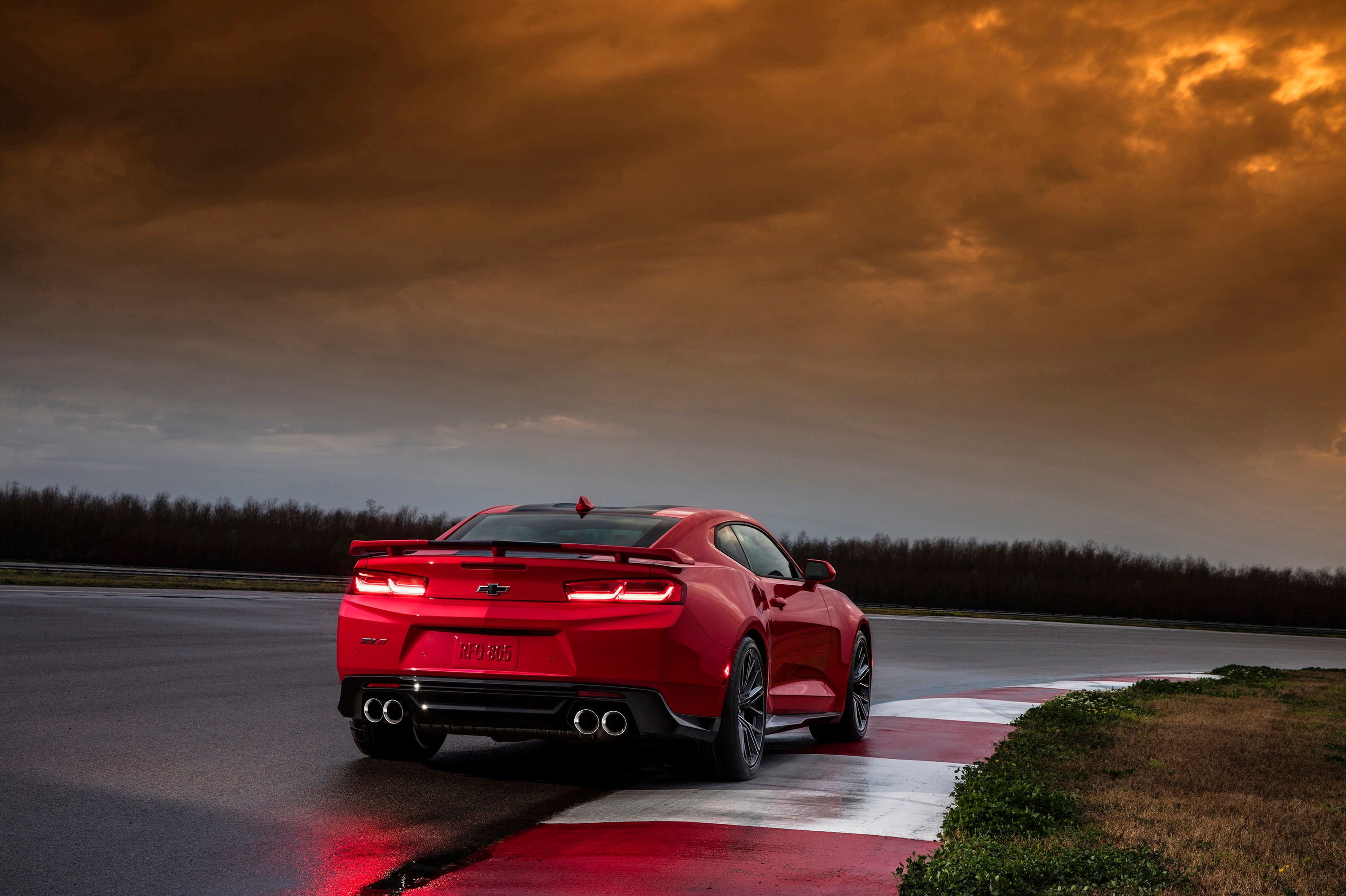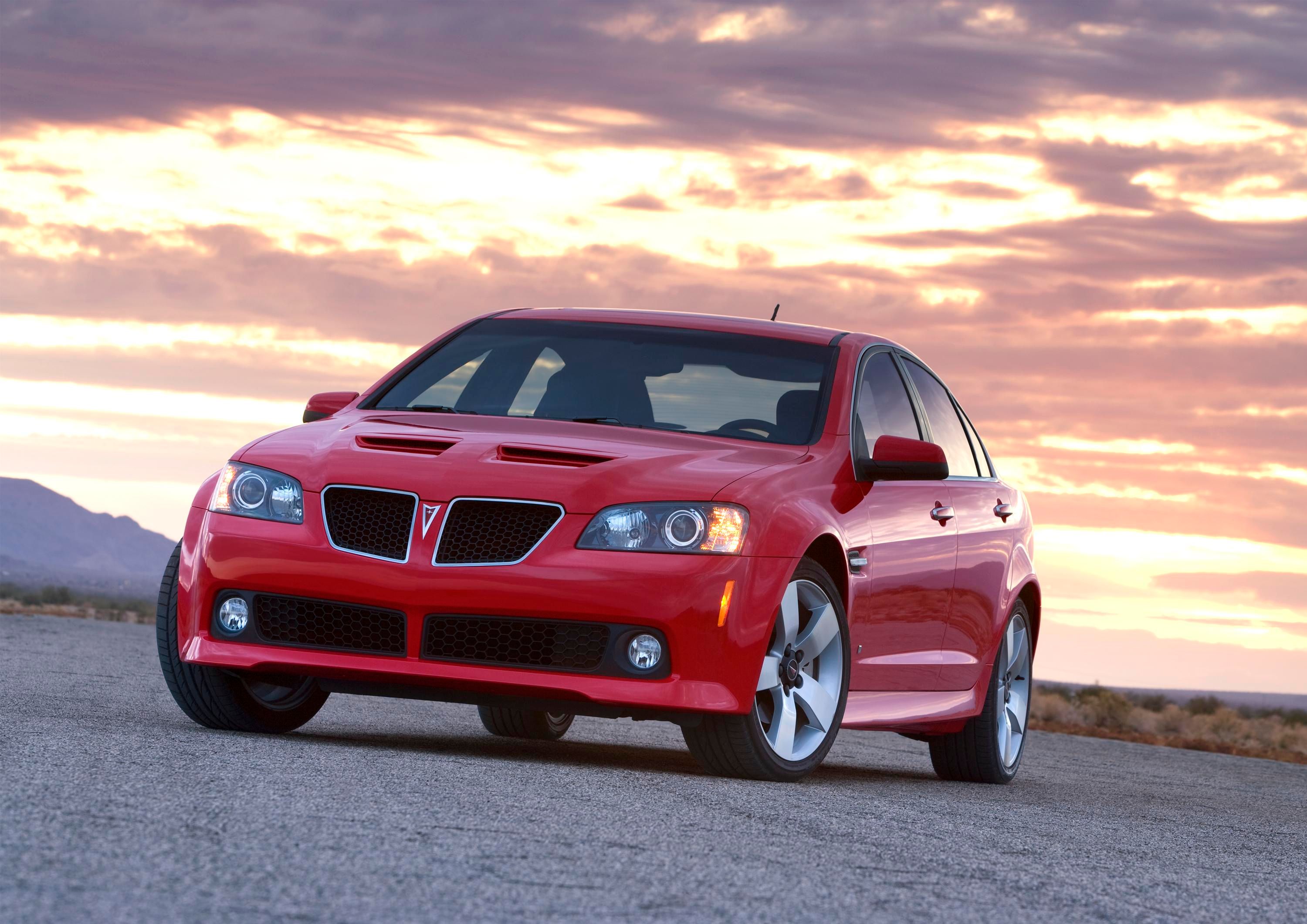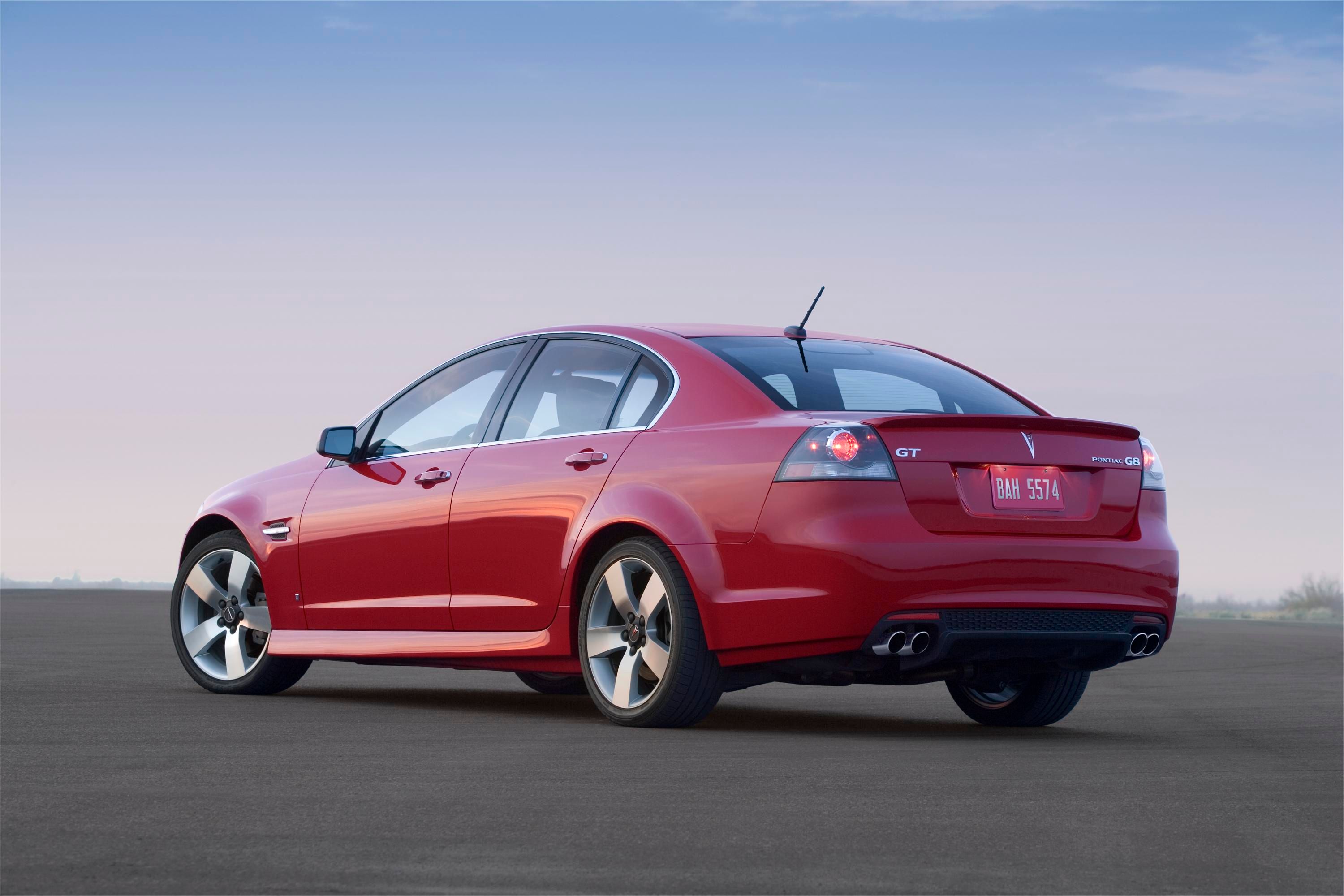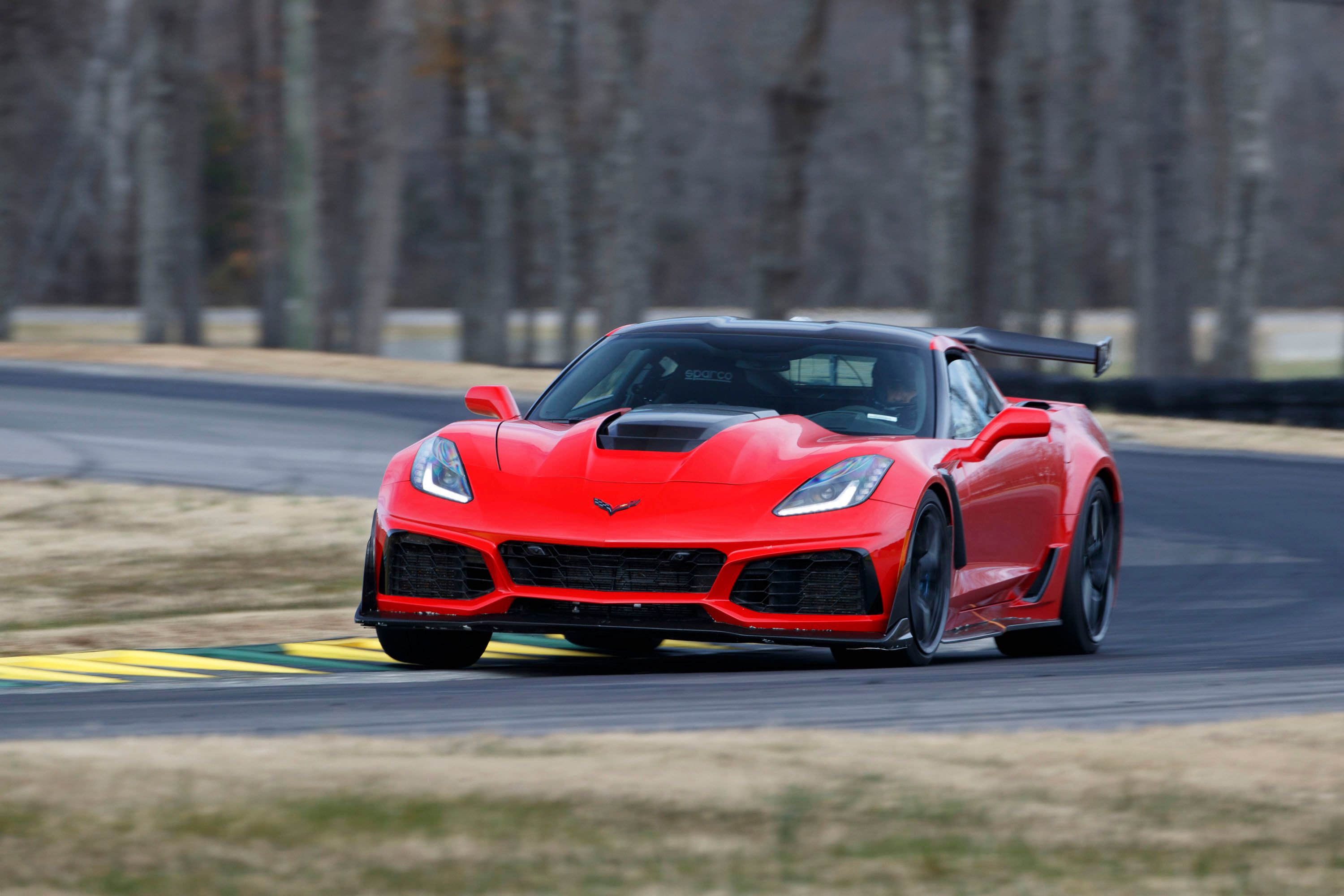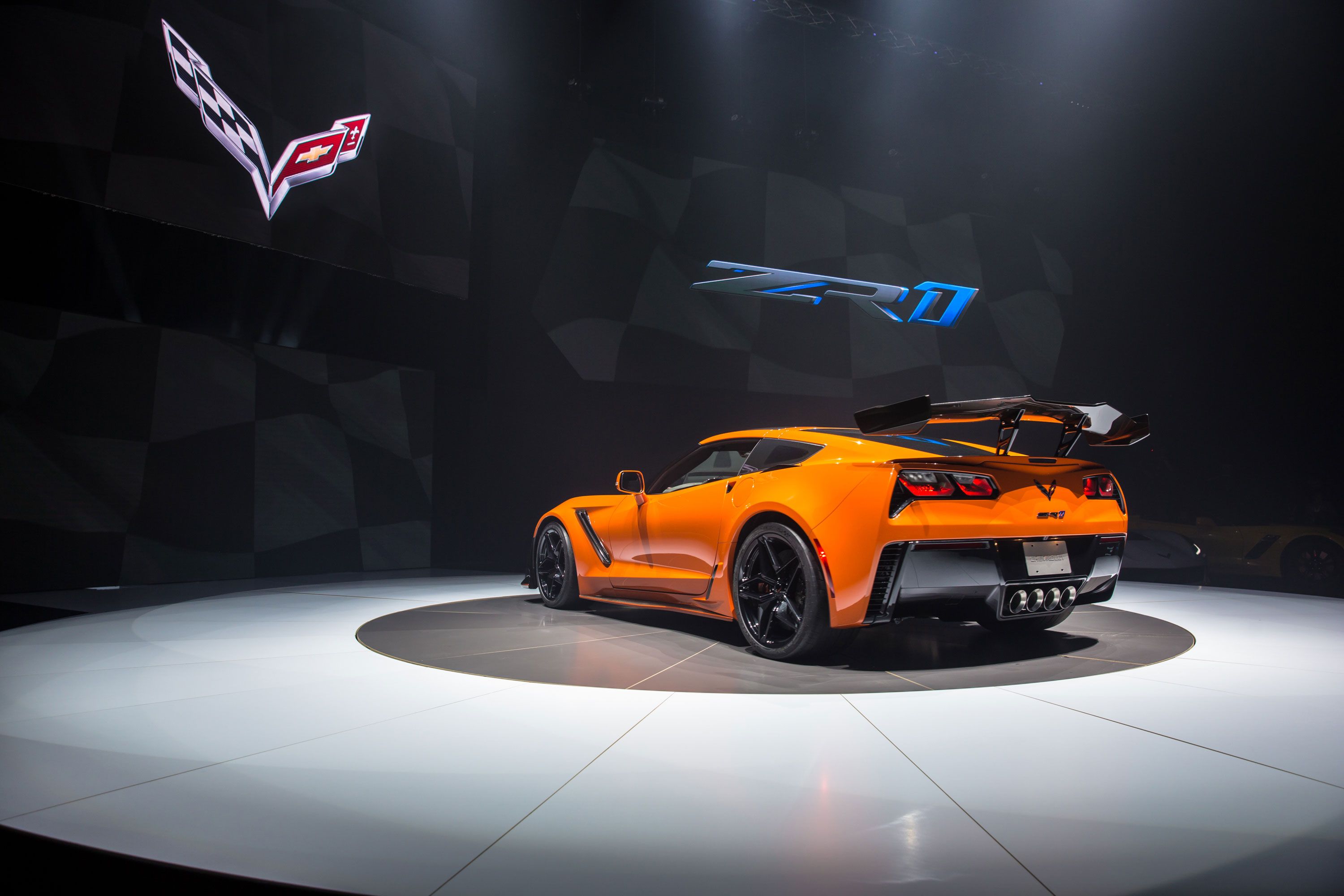When it comes to American performance cars, many auto enthusiasts today are often quick to point to the late 1960s as the heyday of Detroit power. However, Ford, General Motors, and Chrysler today are putting out powerful models that would make the drivers of a late-60s era Chevrolet Camaro SS or Hemi-powered ’Cuda look for a quick right turn to avoid a stoplight confrontation with one of today’s menacing machines. Here is a list of some of the best muscle cars and performance cars of the 21st century:
2002 Pontiac Firebird Trans Am WS-6
Pontiac first unveiled the WS6 package on the Trans Am in 1978 as a package that features wider tires, beefier springs, shocks, and sway bars along with a final drive ratio. The designation actually is simply a GM code on the car’s build sheet. It would be a last gasp for the nameplate, which was discontinued with the 2002 model year. Pontiac went all-out with the design, giving the car a menacing stance on 17-inch wheels.
Performance is at the heart of any muscle car, and the 2002 Pontiac Firebird Trans Am WS-6 was formidable in its time, with a 5.7-liter 16-valve dual overhead cam V-8 that produced 325 horsepower. All the oomph was sent to the rear wheels with either a four-speed automatic or a six-speed manual. Front independent suspension helped with the handling. This bird weighed in at 3,623 pounds and proved that while Pontiac would soon be just a memory, it still could produce cars worthy of its performance heritage.
2003 Ford Mustang SVT Cobra
In 2003, Ford paired two classic names to create its entry into the performance market for that year with its Mustang SVT Cobra. The 2003 model was arguably the best for this muscle car, which by 2004, would be killed off by the suits at FoMoCo. The Camaro and Firebird were dead, and the snake ruled the road. Under the hood, this snake was born with a 32-valve DOHC 4.6-liter that produces 390 horsepower. It also featured a six-speed manual transmission and rear-wheel drive. A supercharger and water-to-air cooler gave this Mustang an added jolt off the line.
Going fast is one thing, but you want handling, and this pony could hug the curves with four-wheel independent suspension, modified MacPherson strut front, and multi-link rear suspension. This Mustang offers up plenty of curb appeal. The sporty Mustang design that continued to evolve in 2003 was enhanced with specific front and rear fascia as well as interior treatments to let driver and passenger know this was no ordinary ride. The car was offered in seven exterior colors and there were two interior color options. Ford showed the Mustang was still a force to be reckoned with in the 21st century.
2020 Dodge Challenger SRT Hellcat Redeye
What’s old is new, and that certainly seems to hold true for the Dodge Challenger SRT Hellcat Redeye, with engine options that can deliver up to 797 horsepower. The exterior could be dressed up with an array of color options and graphics, all helping to ensure the Challenger turns heads and leaves the competition in the dust.
Not enough? The car could also be ordered as a drag car with the SRT Super Stock Package putting out 807 horsepower. Mating a 6.4-liter V-8 to a manual transmission, an R/T Scat Pack could go from standing still to 60 in less than 5 seconds. It also has beefed-up brakes to ensure a safe stopping distance. Chrysler offered the Challenger in SXT, GT, R/T Scat Pack, and SRT Hellcat options in a rear-wheel drive platform. The SXT and GT options also could be ordered with all-wheel drive.
The car weighs in at a hefty 4,451 pounds and was offered in 13 exterior and five interior color combinations.
2014 Ford Shelby Mustang GT500
A decade after the Mustang SVT Cobra, Ford offered another Mustang with a name from another era, the Shelby Mustang GT500. Turn the ignition in this souped-up pony and its throaty rumble could rattle the windows of the neighbor’s house.
This Snake boasted 662 horsepower from its supercharged DOHC 32-valve V-8 engine and could take you from standing still to 60 mph in four seconds. Top speed? How about 200 mph? The GT500 also was equipped with upgraded brakes to safely slow it down from those speeds. To ensure an exciting ride, the suspension was beefed up and Ford offered SVT Performance and Track option packages that featured adjustable shocks, stiffer springs, and upgraded cooling systems for the engine and transmission. Power is sent to the rear wheels courtesy of a six-speed manual transmission. This pony tips the scales at 3,850 pounds.
Available as a coupe or convertible, this Mustang offers capable handling and a sleek design when paired with the deep growl of its dual exhaust will turn heads. For speed and brute power, this pony is hard to beat.
2007 Dodge Charger SRT-8 Super Bee
With just 1,000 copies made, the 2007 Dodge Charger SRT-8 Super Bee offered all of the performance of a sports car with the practicality of a sedan, with firm handling and performance that was nothing to sneeze at.
The heart of the SRT-8 was placed firmly under the hood, with a 6.1-liter V-8 that produced 425 horsepower and could push the car to 60 mph in less than six seconds. Not bad for a car that tipped the scales at 4,160 pounds. The manufacturer offered a five-speed automatic transmission standard.
In addition to the power under the hood, the SRT-8 option also featured alloy wheels, a power seat, a split rear seat, and a Boston Acoustics sound system. Four exterior and four interior color options were available on 2007 models; however, all of the SRT-8 Super Bees were dressed in Detonator Yellow.
With the Super Bee, the boys at Dodge got it right with a bee that would roar down the pavement with power that could make classic muscle cars blush. Pairing power with competent handling, a family night would never bee the same!
2017 Chevrolet Camaro ZL1
In 2017, Chevrolet was celebrating the 50th anniversary of the Camaro, and the birthday celebration couldn’t have been any better with the ZL1, a brute that was that year’s peak of Camaro performance, with a 650-horsepower V-8 powerplant.
This Mustang-killer came equipped with a 6.2-liter supercharged V-8 with variable valve timing and direct injection. The ZL1 also featured MacPherson-type strut suspension with lower dual ball joints and a direct-acting stabilizer bar and ride control to provide responsive, sporty handling.
The Bowtie guys made sure drivers could bring this brute safely to a stop with four-wheel disc brakes and four-channel ABS. It wore 20-inch wheels from the factory. Equipped with a manual transmission, the ZL1 weighed in at 3,887 pounds, while the automatic was a little heavier, at 3,944 pounds. The six-speed manual was standard, with a 10-speed automatic as an option.
Want speed? The Camaro ZL1 could deliver, going from 0 to 60 in under four seconds, leaving most of its contemporaries in the dust. The top speed was billed to be 198 mph, putting it in the company of its Chevrolet sibling, the Corvette.
2008 Pontiac G-8 GT
European manufacturers have been producing performance sedans for years. Every once in a while, one of America’s Big Three would hit it out of the park and produce a sedan that delivers the performance that elevates it into the realm of muscle cars. By 2008, Pontiac was breathing its last breath, but the iconic automaker still had a few tricks up its sleeve.
The G-8 GT delivered a fun-to-drive balance of ride and handling with attractive styling and an optional V-8 that could deliver power. With the 6.0-liter overhead valve V-8 option, the G-8, with a lineage based on a platform from GM’s Australian Holden nameplate, delivered 360 horsepower. It was paired with a six-speed automatic.
Not your normal family sedan, the performance G-8 GT could get from 0 to 60 in just over five seconds. The handling could get you through the curves just like the European competition at a fraction of the cost. The Pontiac featured 18-inch wheels, four-wheel independent suspension, modified MacPherson struts on the front as well as front and rear stabilizer bar, and a multi-link rear suspension.
The G-8 GT tipped the scales at 3,995 pounds and lived up to Pontiac’s pledge of driving excitement.
2019 Chevrolet Corvette ZR1
When you think about performance and muscle cars, Camaros, Challengers, and Mustangs typically dominate the conversation. But, for the pinnacle of performance, many muscle enthusiasts opt for the Corvette, America’s only true sports car. In 2019, Chevrolet delivered both sport and muscle with the ZR1.
In the final year of the seventh-generation Corvette, the supercar-killing ZR1 featured a supercharged 6.2-liter V-8 with either a seven-speed manual or eight-speed automatic transmission. It delivered 755 horsepower. It also featured GM’s first dual-fuel injection system.
The Corvette really delivers in the speed department, with a 0 to 60 in less than three seconds. In fact, while many of the cars on this list are just hitting 60, the Corvette is likely to be approaching three digits on the speedometer. All of that speed came with a bigger sticker price, but what are a few thousand dollars when it comes to automotive performance? The ZR1 could top out at 212 mph.
With adaptive suspension dampers, it provides a ride that is responsive and helps the driver connect with the car. The car included a standard low wing and an optional adjustable high wing to enhance downforce. Both wings are tied to the chassis to enhance strength and stability.
Stopping the ZR1 is no problem with four-wheel disc brakes and four-channel ABS. It also features active handling and electronic stability control. With the ZR1, you will be able to keep track of your friends … in the rear-view mirror.
FAQ
Q: What kind of camera do bikers use?
Many bikers use GoPro because of the huge amount of mounting options they produce, making it easy to attach to any helmet or any bike.
Q: Where do you put your camera on your motorcycle helmet?
Most cameras are mounted on top of the helmet, but they can also be mounted on the side. If it's a 360° camera, then on top would be best.
Q: Are GoPros allowed on motorcycle helmets?
At the moment, there is no legislation that says you can't mount an action camera on a helmet, although the F.I.M., the international motorsport governing body, has outlawed them in competition due to the increased risk of injury in the event of an accident.

